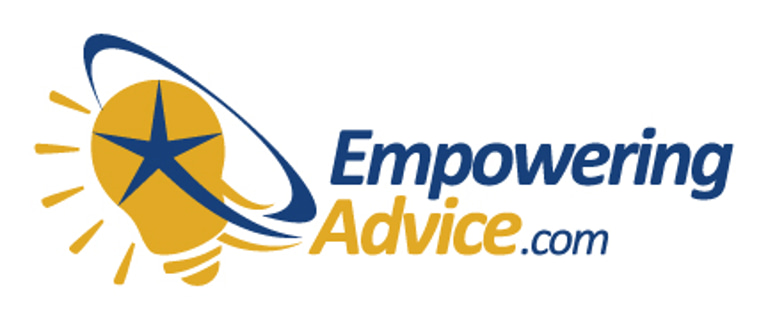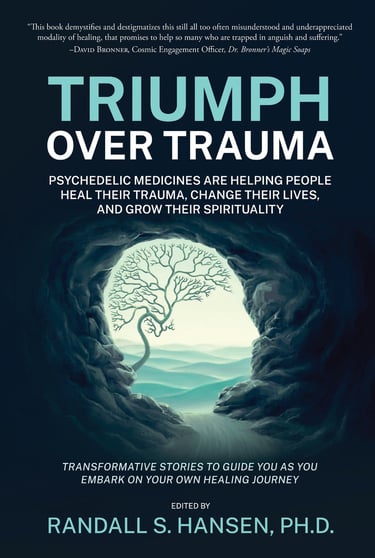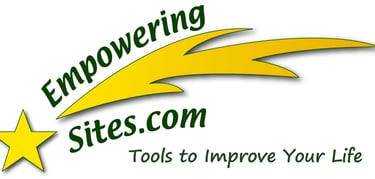Five Essential Career Branding Elements and Tools
In today's connected world, it's more important than ever to consider your brand -- your reputation and how people perceive you -- whether currently job-hunting or not. If you do not control your brand and your brand message, others will fill that void.
Not sure what a personal or career brand is, or why it's important? Start by reading one of my other articles: For Career Success, Five Key Personal Branding Tips. That article explains what a personal brand is all about, why you should embrace the concept, and how to start conceptualizing your brand.
This article focuses on five elements or tools of career branding. In other words, once you have developed your career brand, these are the instruments you use to consistently implement and communicate that brand message to all interested parties.
Read on to learn how to develop these five tools to showcase your personal career brand. Just remember the most important law of branding: your brand message MUST be consistent across all tools and platforms.
Five Essential Career Branding Tools
1. Website/Blog/LinkedIn. Every professional should be using at least one of these three online tools to build his/her brand. When a potential employer or recruiter or prospect Googles someone, it's almost guaranteed that these items will be in the top search results on the first page. Don't believe it? Take a moment and Google yourself (which you should be doing regularly anyway).
You don't need to do all three, but I certainly recommend creating and maintaining a LinkedIn profile. (For tips, see my article: How to Use LinkedIn Effectively -- and Efficiently -- for Professional Gain.)
I am also a big believer in owning your own domain as a key branding tool. For example, my RandallSHansen.com site comes up first in a web search, followed by my LinkedIn profile. With your own domain, you can choose to develop a blog (showcasing your passion, expertise) and/or a website (that could include other branding tools, such as your resume, work samples).
2. Resumes and Work Samples. These two tools are the traditional ways employers (and others) come to understand and judge your career brand.
Your resume is a document that should describe your key accomplishments, experiences (work and volunteering), skills, credentials, and education and training. You control every aspect of this document, so your resume becomes the key tool in establishing and communicating your brand. (You, of course, can then use your resume as a key part of your LinkedIn profile.)
Your work samples are the proof of your career brand. You should always have handy two to four of the best examples of your work, both individual and as part of a team. These documents can be added to your website to further enhance the value of your domain.
3. Letters. When in job-hunting mode, you can control how your brand is first communicated -- and last communicated -- through your letter of interest (cover letter) and your follow-up/post-interview thank-you letter.
Your cover letter should address the needs of the employer while clearly showing how your accomplishments and credential match closely (or exactly) with what the employer is seeking. By doing so, you are laying the groundwork for introducing your career brand.
Your post-interview thank-you letter is perhaps the last branded item the employer sees before making the hiring decision. This letter is your chance to show your professionalism, gratitude, and interest, as well as placing the last stamp of your career brand. This letter is even more valuable these days, as fewer and fewer people write thank-you notes.
4. Networking. Again, whether job-hunting or not, almost any social gathering provides us with an opportunity to showcase our brand. And events specifically targeted to networking and growing your network of contacts is the perfect opportunity to clearly communicate your brand message.
One of the key elements of networking that career experts talk about is the Elevator Pitch, a short and clear communication of your brand that is used as an introduction when meeting new people in a networking situation. I recommend having about three versions -- a 15-20 second version (which might be basically your mission statement or professional philosophy); a 30-45 second version that includes your most valuable accomplishment and credentials; and a 90-second version that includes about three key bullet points about your career brand.
5. Interviewing. While all your other branded communications gains you a spot at the interviewing table, it is in the interview when you have the opportunity to not only showcase your brand, but also to show why your brand is superior to any other candidates. You accomplish interviewing success through verbal and non-verbal methods.
The verbal tools you use are the responses you provide to the interview questions, which is why it is essential to research and prepare responses (showcasing accomplishment stories) to popular and expected questions. Each interview response should build/enhance your brand.
The nonverbal messages you send can be equally important. These messages include how you dress for the interview, your posture and other elements of body language, your handshake, your eye contact, and your smile. You want to appear like you already fit in with the employer and that you are excited and interested (and engaged) in the position.
Final Thoughts on Career Branding Tips
As you develop, tune, and communicate your personal brand message, remember that the best brands are ones that have a clear message (e.g., marketing guru), are authentic to who you are, and consistently communicated across all platforms and tools.
A bonus branding tip: Do not ignore your social media profiles and the brand message they send about you -- especially when job-hunting. Employers will certainly be reviewing your Facebook profile, as well as your tweets. For brand consistency, I also recommend keeping your profile picture the same across all platforms when you are job-hunting.
A final bonus branding tip: If you do not already have one, get a gmail account using your name -- or some aspect of it. Try your first and last name, add a middle initial or name (especially if you use that on your resume), and/or a title. Ditch the "dirtyboy" or "partygirl" accounts, as well as those old Yahoo or Hotmail accounts -- and certainly never use your employer email account when job-hunting.
Remember... everything you do and say communicates something about your personal and career brand.


Dr. Randall Hansen is an advocate, educator, mentor, ethicist, and thought-leader... helping the world heal from past trauma. He is founder and CEO of EmpoweringSites.com, a network of empowering and transformative Websites, including EmpoweringAdvice.com.
He is the author of the groundbreaking Triumph Over Trauma: Psychedelic Medicines are Helping People Heal Their Trauma, Change Their Lives, and Grow Their Spirituality and the well-received HEAL! Wholeistic Practices to Help Clear Your Trauma, Heal Yourself, and Live Your Best Life.
Dr. Hansen's focus and advocacy center around true healing ... healing that results in being able to live an authentic life filled with peace, joy, love. Learn more by visiting his personal Website, RandallSHansen.com. You can also check out Dr. Randall Hansen on LinkedIn.






